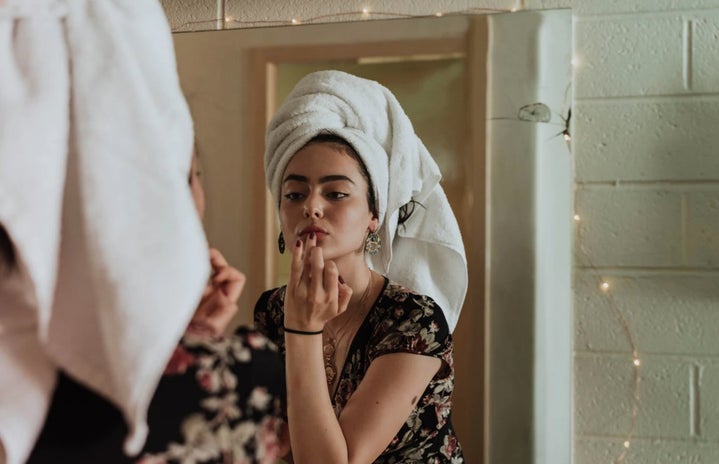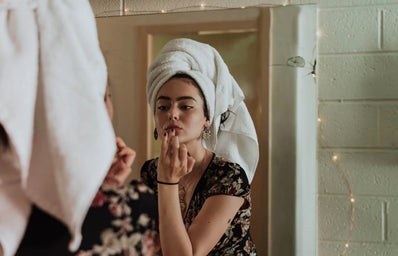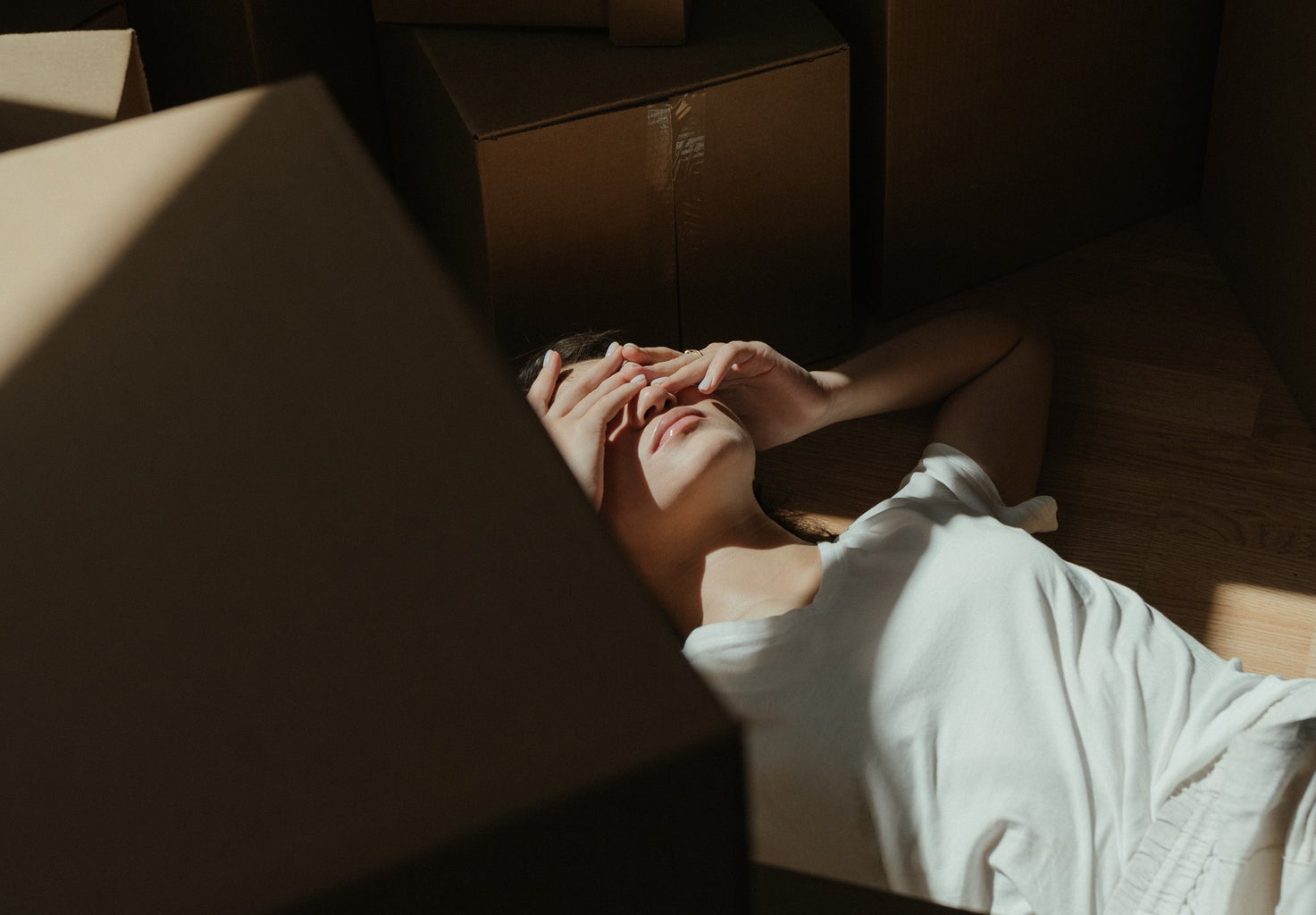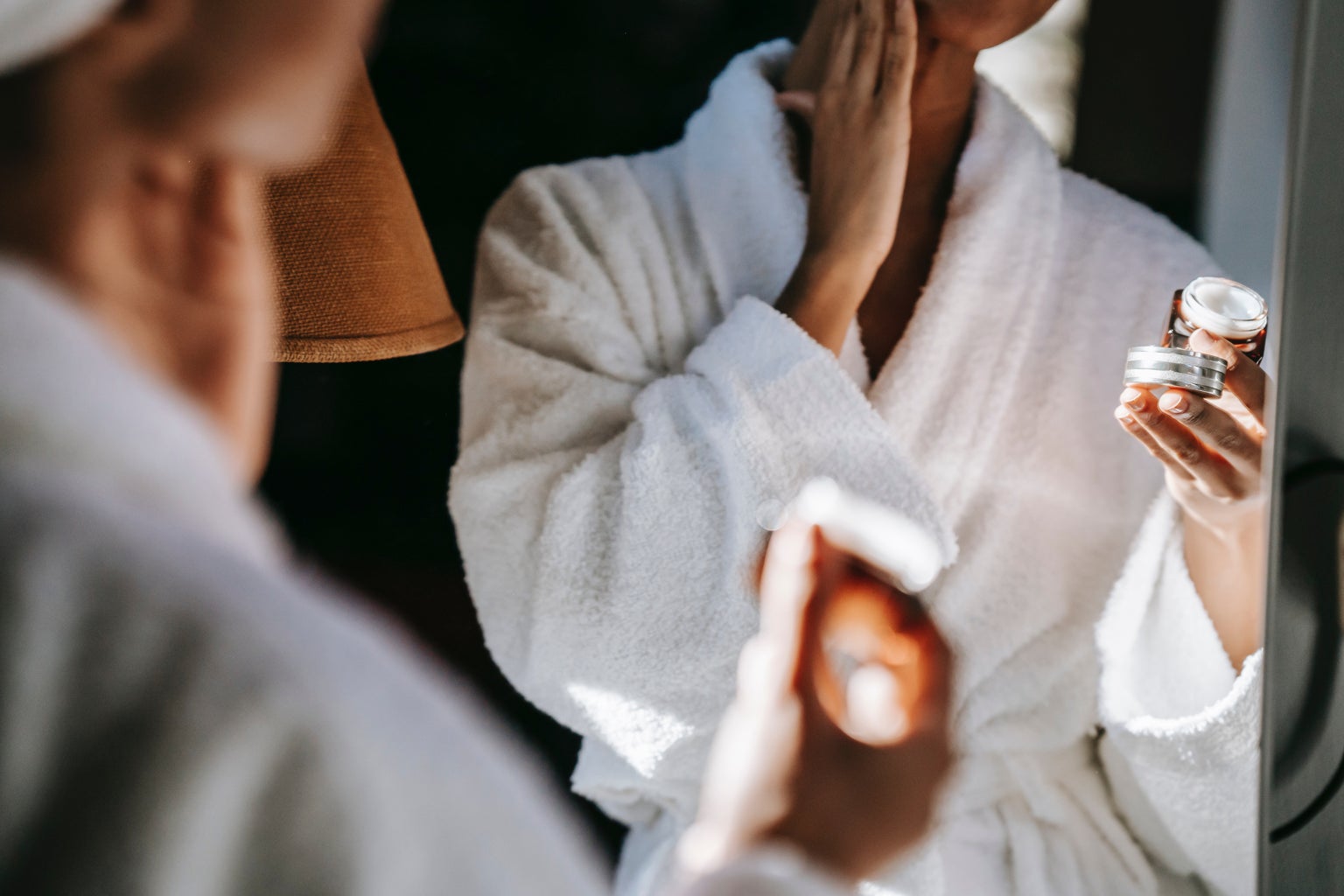POV: You’re on TikTok, scrolling through your For You page filled with influencers giving you a tiny taste of what their everyday lives are like. From aesthetic morning vlogs to GRWM story times and multi-step skincare routines, this dreamy virtual getaway gets interrupted by a video of YouTube clips and audio from Sexyy Red’s Rolling Loud performance. The caption reads: “You found a YouTuber that doesn’t live a ‘soft girl’ life.”
The creator, whose clips are shown above, is Minneapolis YouTuber Jaida Bunni, who has a growing channel of 67.5K subscribers. She’s effectively introduced herself to a new set of fans by categorizing herself as the opposite of a “soft girl” with the viral TikTok video reaching an impressive 1.1M likes. Her comments are filled with praise and encouragement for this refreshing idea, but what exactly is a “soft girl” to begin with?
The soft girl era has been a long-standing lifestyle concept that was most notably popularized on TikTok in 2022, but there’s no single definition for what it truly means to be a “soft girl”. This flexibility has allowed many women to develop their own meanings, incorporating bits and pieces of the lifestyle into their everyday routines. From fashion to career, there are various ways to adopt the trendy soft girl lifestyle and aesthetic.
Fiona Embleton and Stephanie McNeal have covered the different categories surrounding this lifestyle for Glamour Magazine. Embleton describes soft girl fashion as “deliberately hyper-feminine and kittenish. It celebrates all things girly,” while McNeal interprets the overall lifestyle as “radically [rejecting] the idea of being a girlboss…the soft girl doesn’t value the grind or getting ahead. She prioritizes slow living.”
But perhaps one of the most crucial ways in which the soft girl lifestyle has positively impacted women can be explained by Valeria McPherson for Refinery29. Apart from “prioritizing one’s well-being,” McPherson goes on to say that “it allows me to express my emotions, romanticize my life, and get in touch with that gentle side of myself that becomes entangled with the problems around me. As a brown-skinned Latina, I deserve this. More than that, embracing my inner soft girl shows others like me that they deserve to, too.”
In a world that has dealt them many hardships, the soft girl lifestyle allows many women of color to fully express themselves through their feminine energy without guilt or shame. The origin of the concept even ties back to the Nigerian influencer community and is notably popular amongst black women. It’s important to note that the soft girl lifestyle and aesthetic don’t pertain to a single race, and women of color can often be criticized for being “Westernized.” In reality, the soft girl lifestyle can go hand-in-hand with many cultures, but internalized racism reinforces the idea that softer, delicate ideals are customarily associated with being white.
Overall, stepping into your soft girl era means embracing femininity. It can be easy to mistake a “not soft girl” for a “rough girl,” or one who is struggling, overworking, or even displaying masculine energy. This, however, isn’t exactly the case. In the comments section of Bunni’s viral TikTok, the creator disagrees with being labeled as a “rough girl,” replying with “I’m just saying that Target runs and 10 million maintenance vlogs ain’t my preference.”
The soft girl lifestyle is popular for a reason. For many, developing a soft girl routine has meant living more slowly and giving reins to rest and relaxation. But for others, the privilege of pulling back from the everyday hustle to indulge in slower living simply isn’t attainable, as many people are working day-to-day just to survive. The truth is, there are some characteristics associated with being a soft girl that require spending mass amounts of money just to afford a lavish lifestyle.
Based on their similarities, the soft girl aesthetic is even sometimes grouped with the “clean girl” aesthetic, which has received a lot of criticism for being unattainable and classist. “For years, influencers have been regurgitating different forms of inaccessible capital beauty in the structure of aesthetic videos, trendy mood boards, and un-relatable lifestyle posts,” reads an article by Tiana Randall for i-D magazine. The image of a clean girl can ostracize working women who are in fields that require physical, strenuous labor and women who aren’t financially able to keep up with daily maintenance.
Many people in the comments section of Bunni’s TikTok also left recommendations of other creators that they consider to be “not soft girls,” with Mai Pham being mentioned the most. Pham’s YouTube channel has a growing 3.2M subscribers, but there is something interesting about the lifestyle vlogger being widely recognized as a “not soft girl.” While Pham didn’t grow up with money, she’s currently a 20-year-old millionaire living in a New York City penthouse.
Arguably, Emma Chamberlain can be considered the original pioneer of the “not soft girl” lifestyle. Rising to popularity on YouTube in 2017, Chamberlain originally started her career by filming videos in her mom’s San Francisco apartment. While Emma’s story isn’t necessarily rags-to-riches, she’s still accumulated a mass of fame and fortune since then. However, the basis behind Chamberlain’s popular content can be linked to her disorderly and frantic style of editing, along with the relatability of her brand (which she may potentially be losing).
Comparing these three YouTubers, I’ve gathered that a “not soft girl” isn’t someone who’s struggling. They can be successful and financially privileged, but this doesn’t define any part of the lifestyle. What’s similar about Bunni, Pham, and Chamberlain is that these three ladies have a clear balance of transparency and privacy. They enjoy their skincare routines and spending time alone while also taking control of their own lives and working with what they have. They don’t showcase a perfect, everyday routine, which in turn gives them a more authentic appearance.
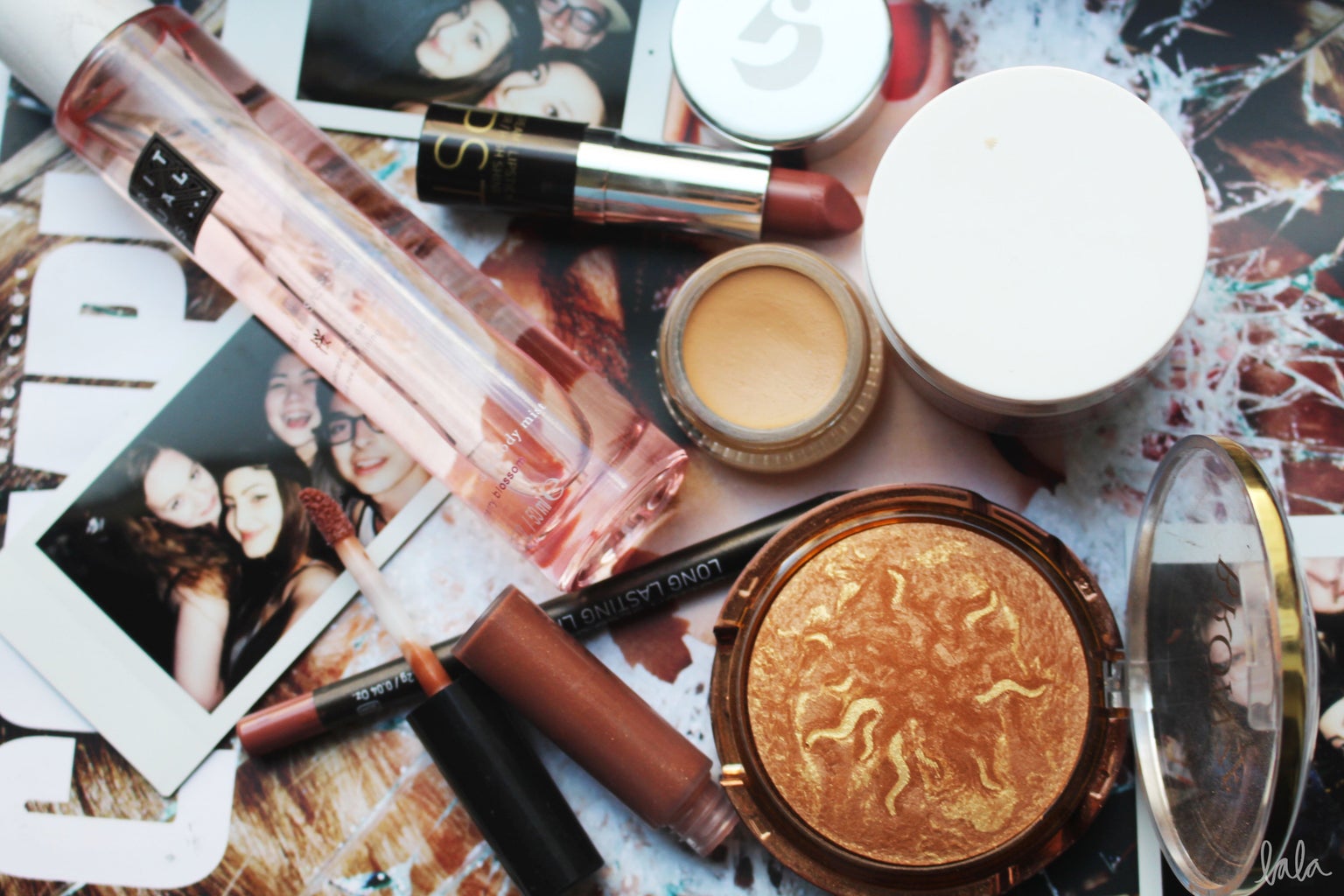
Truthfully, while I would enjoy having my day-to-day life feel like an aesthetically curated vlog, I’ve never been able to fully embody the soft girl lifestyle. When I was unemployed, I struggled for a long time with my finances, which consequently affected me mentally and emotionally. I had to make decisions about what I could spend my money on, and necessities like paper towels and shampoo were more important than silk pillowcases and pricey skincare products.
I would even go as far as to say that I don’t know how to live a soft girl lifestyle. I’m not a self-care guru and I don’t know how to fully embrace my femininity. In the past, I’ve considered myself to be pretty low maintenance and not always having the energy to invest in myself, much less to “hustle” my way to the top. Some of us have to work multiple jobs to pay our bills and some of us are just a little more fortunate.
But while these characteristics don’t define a “not soft girl” lifestyle, and a solid definition doesn’t inherently exist, I sincerely appreciate this break in the mold that I was never quite able to fit into.
